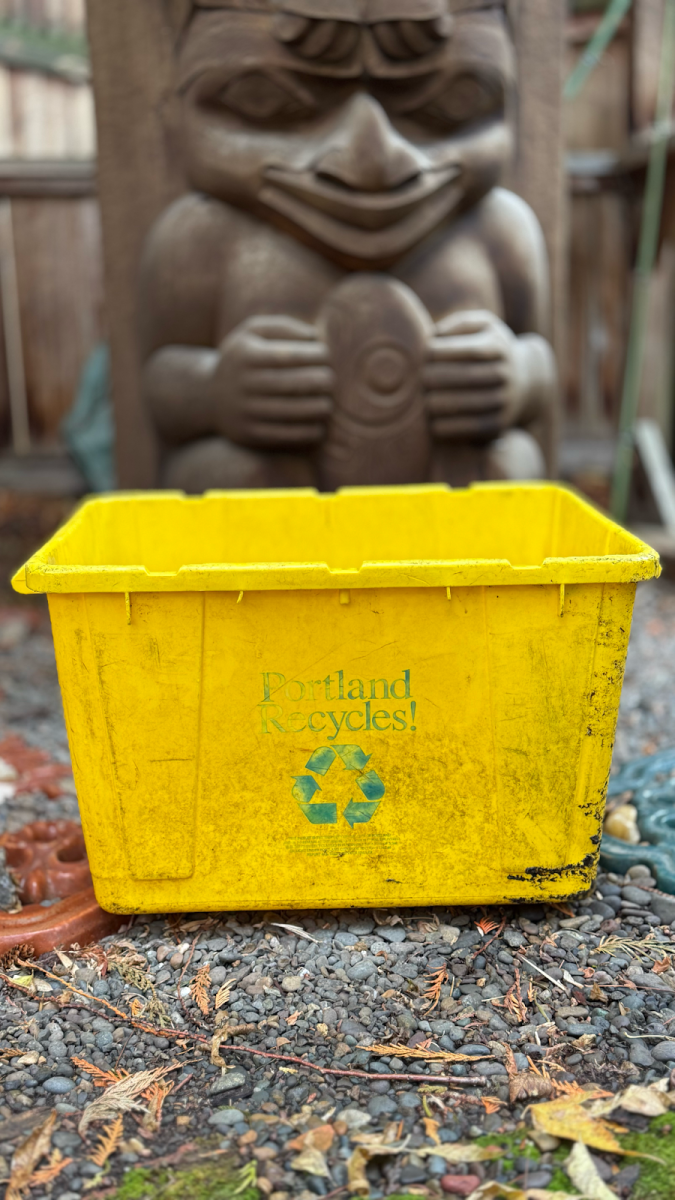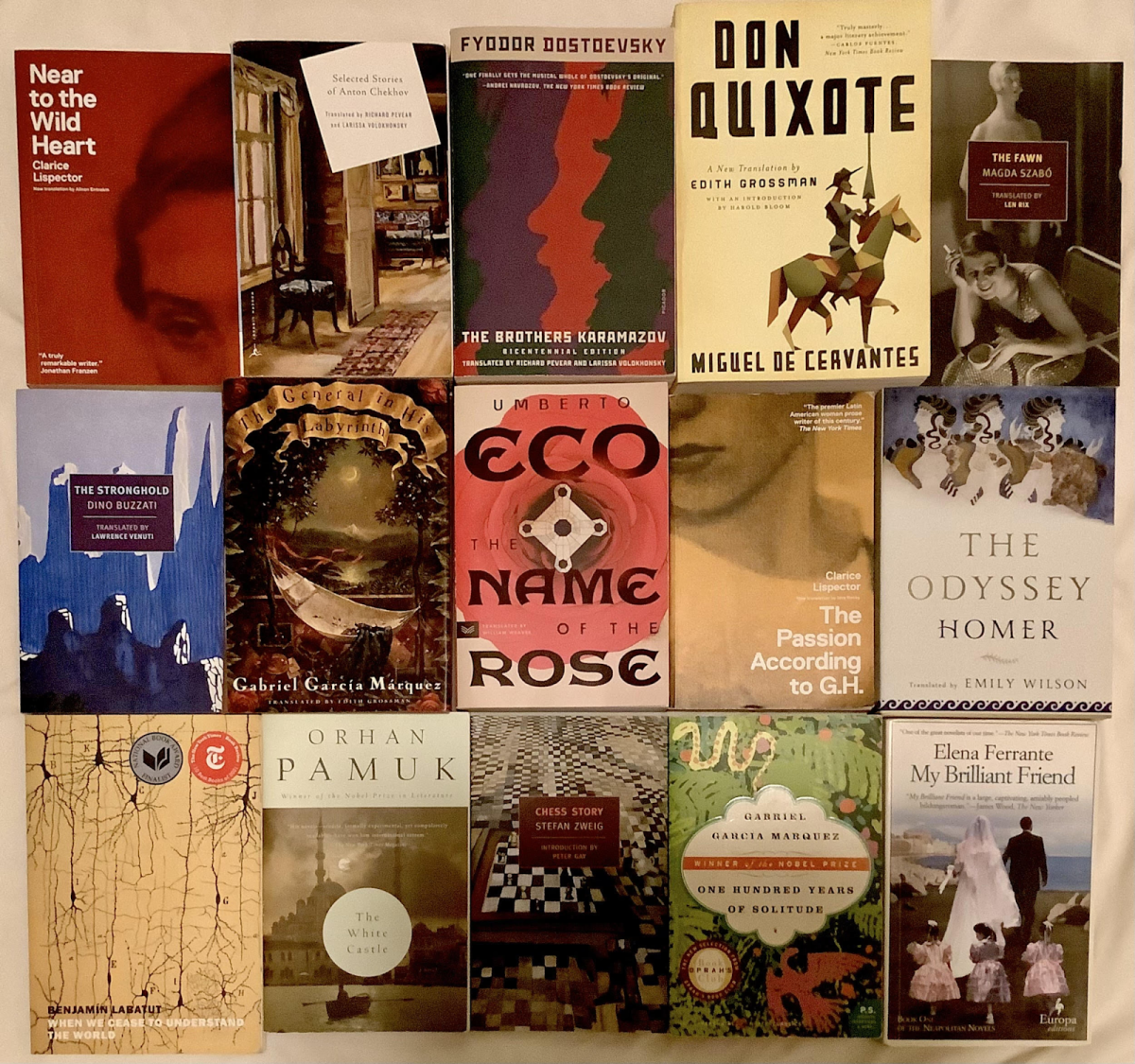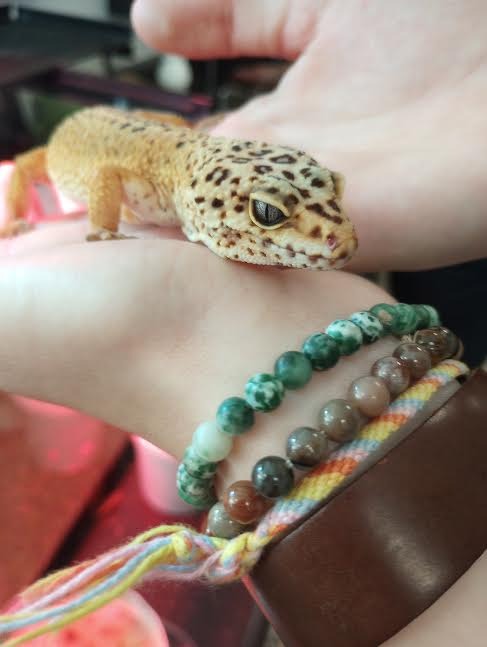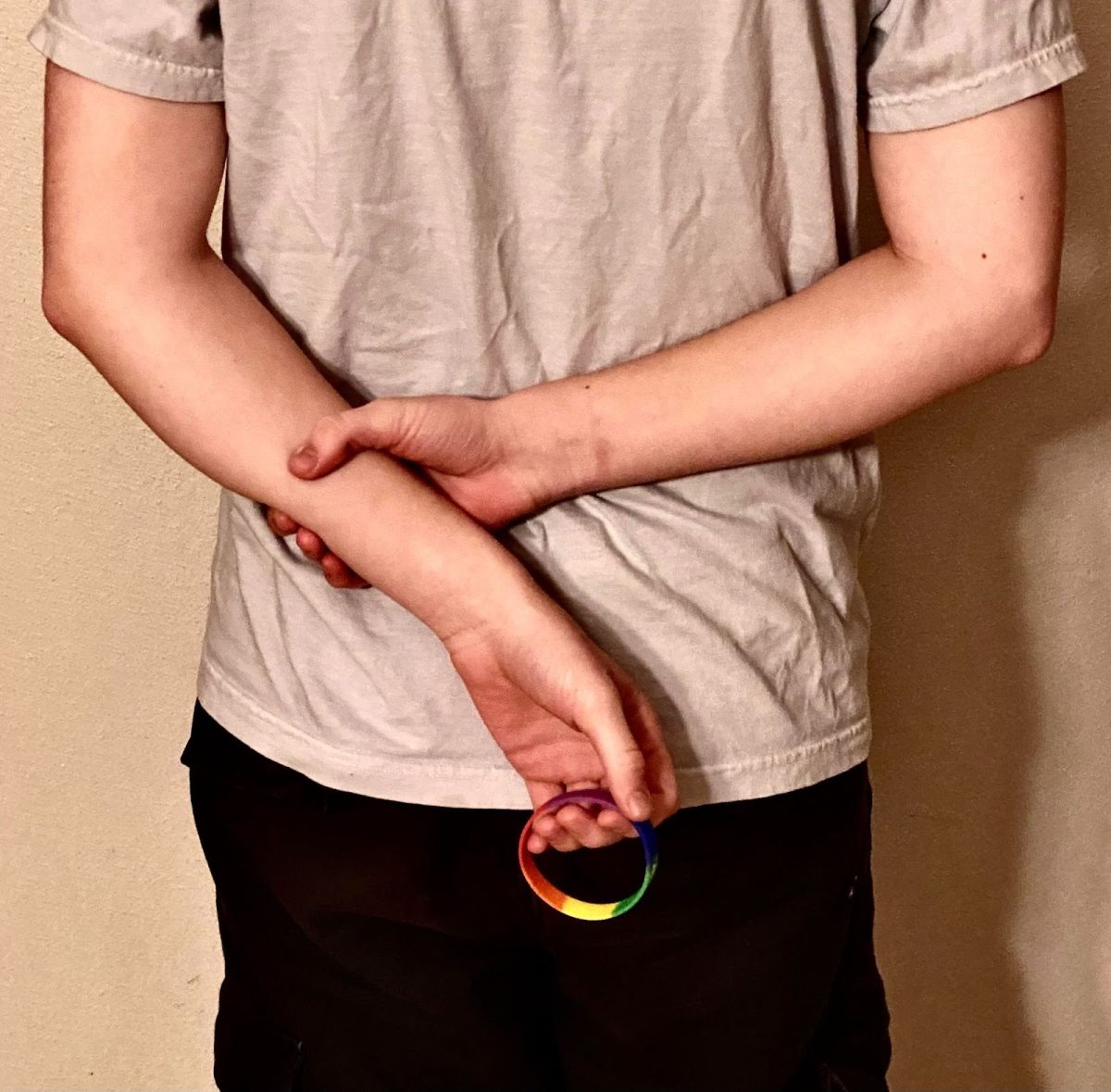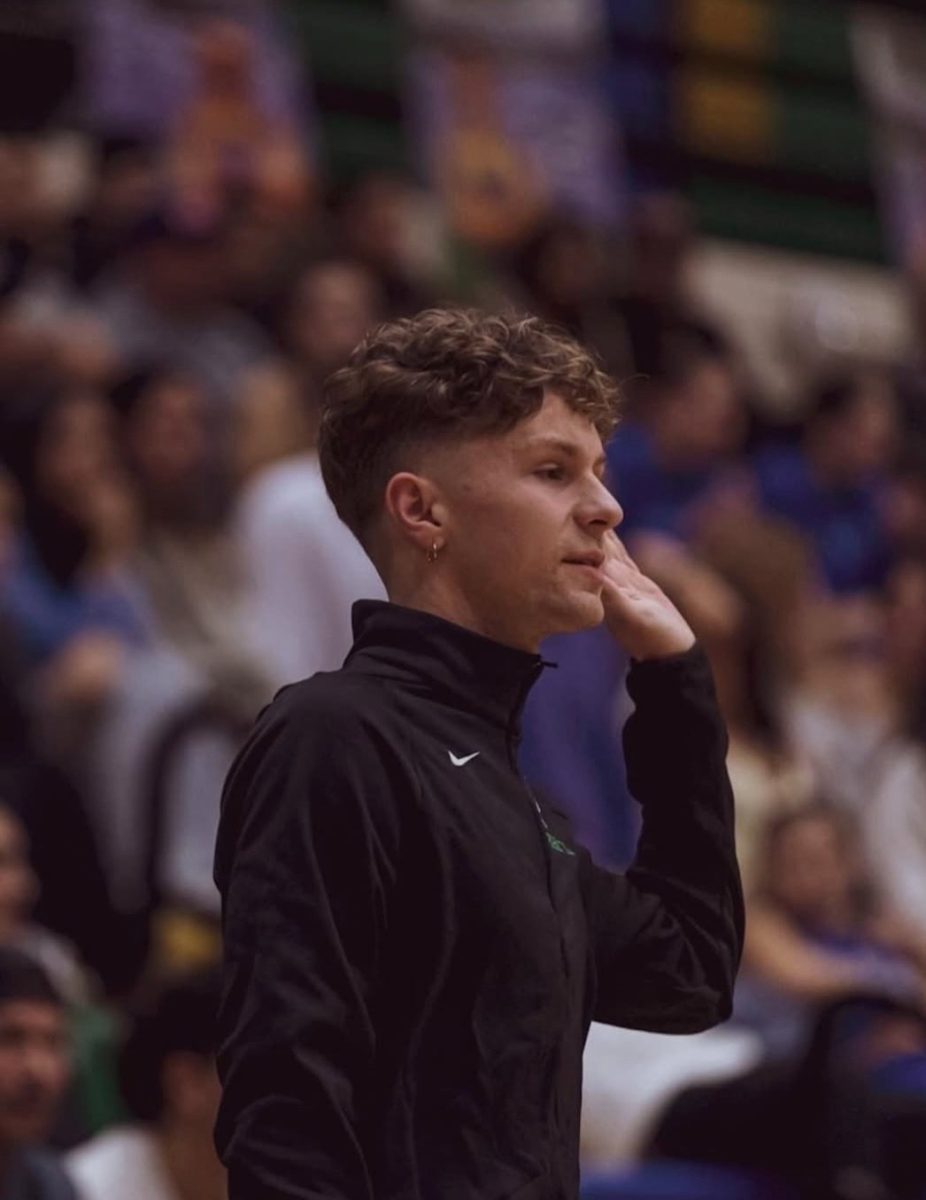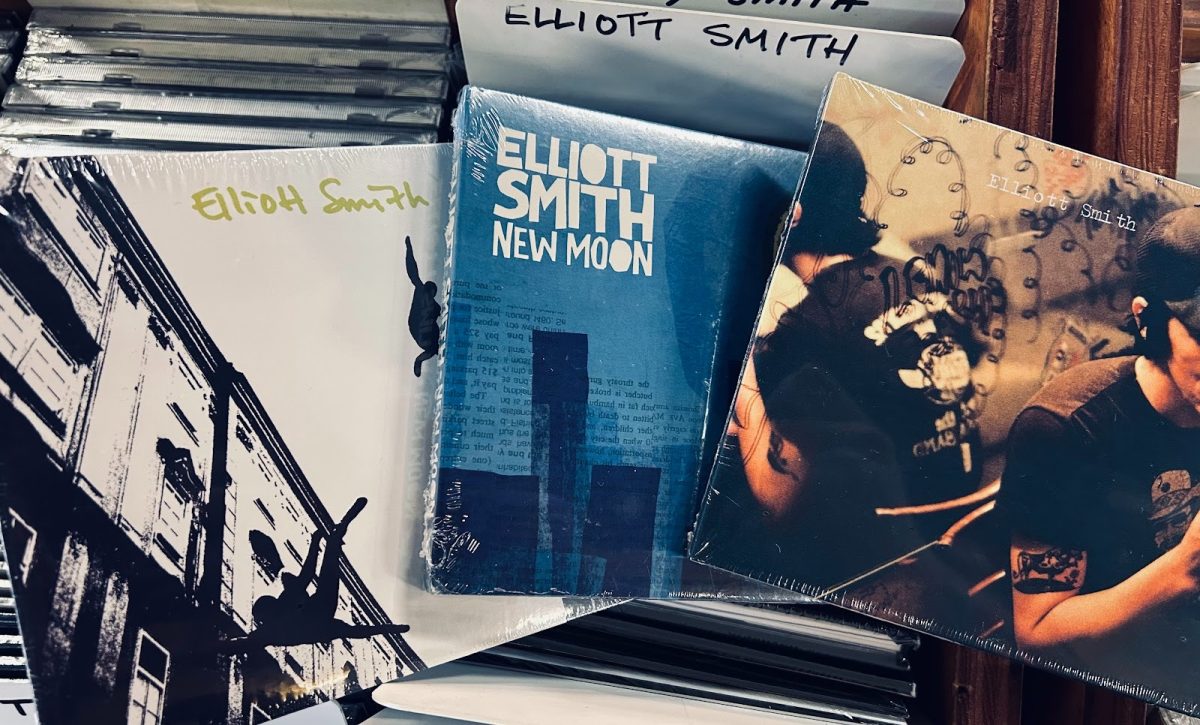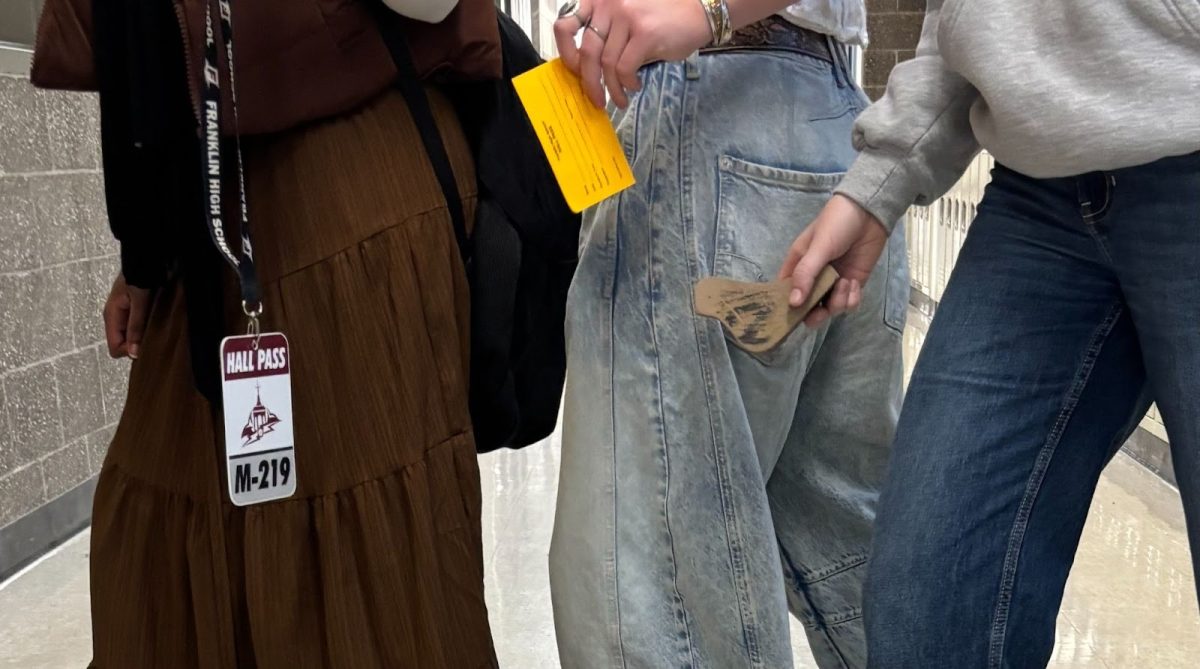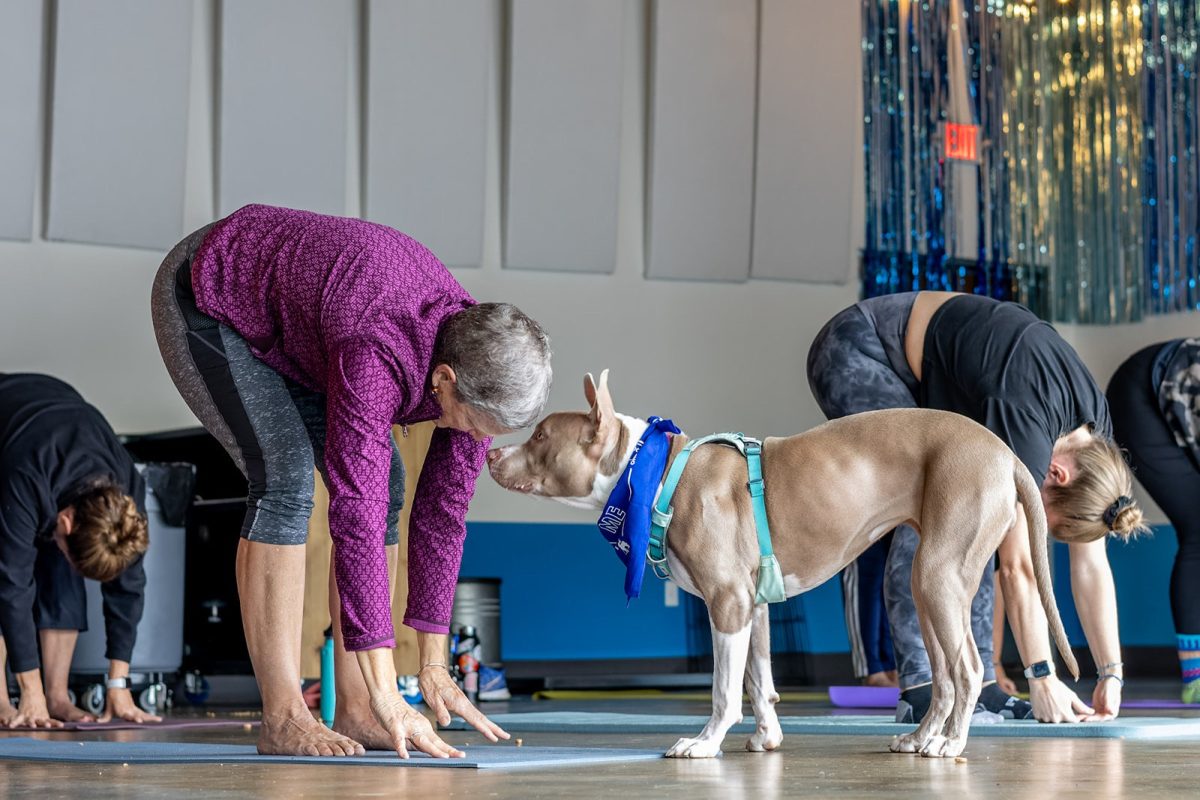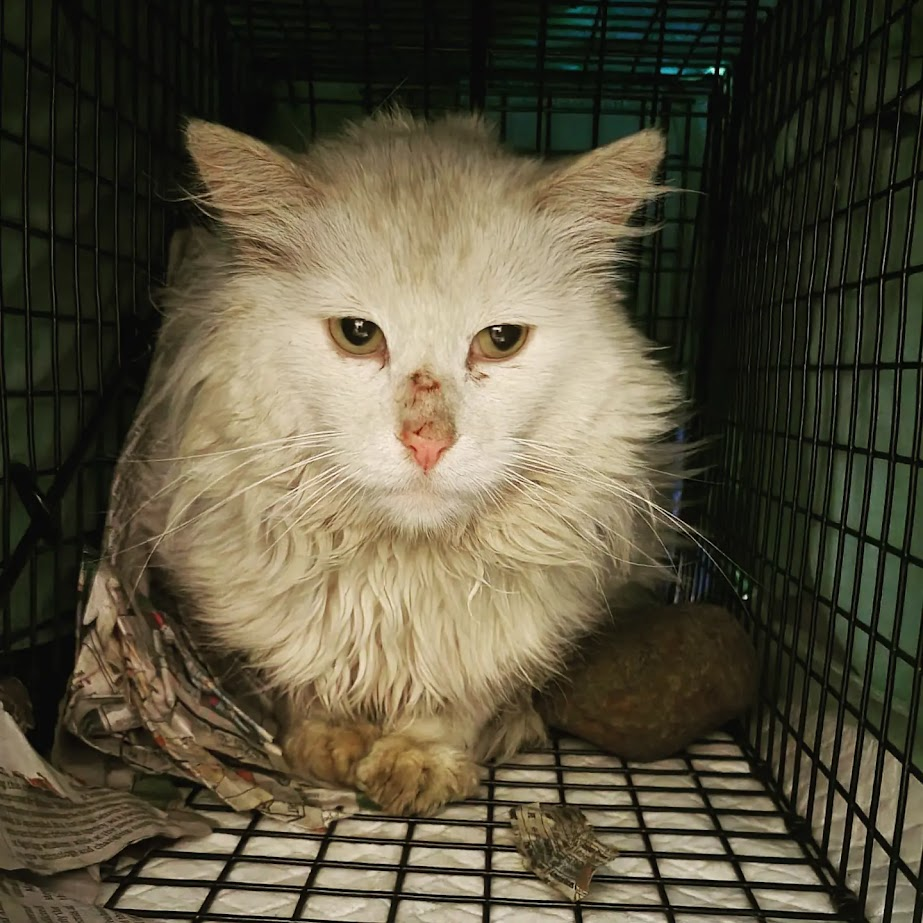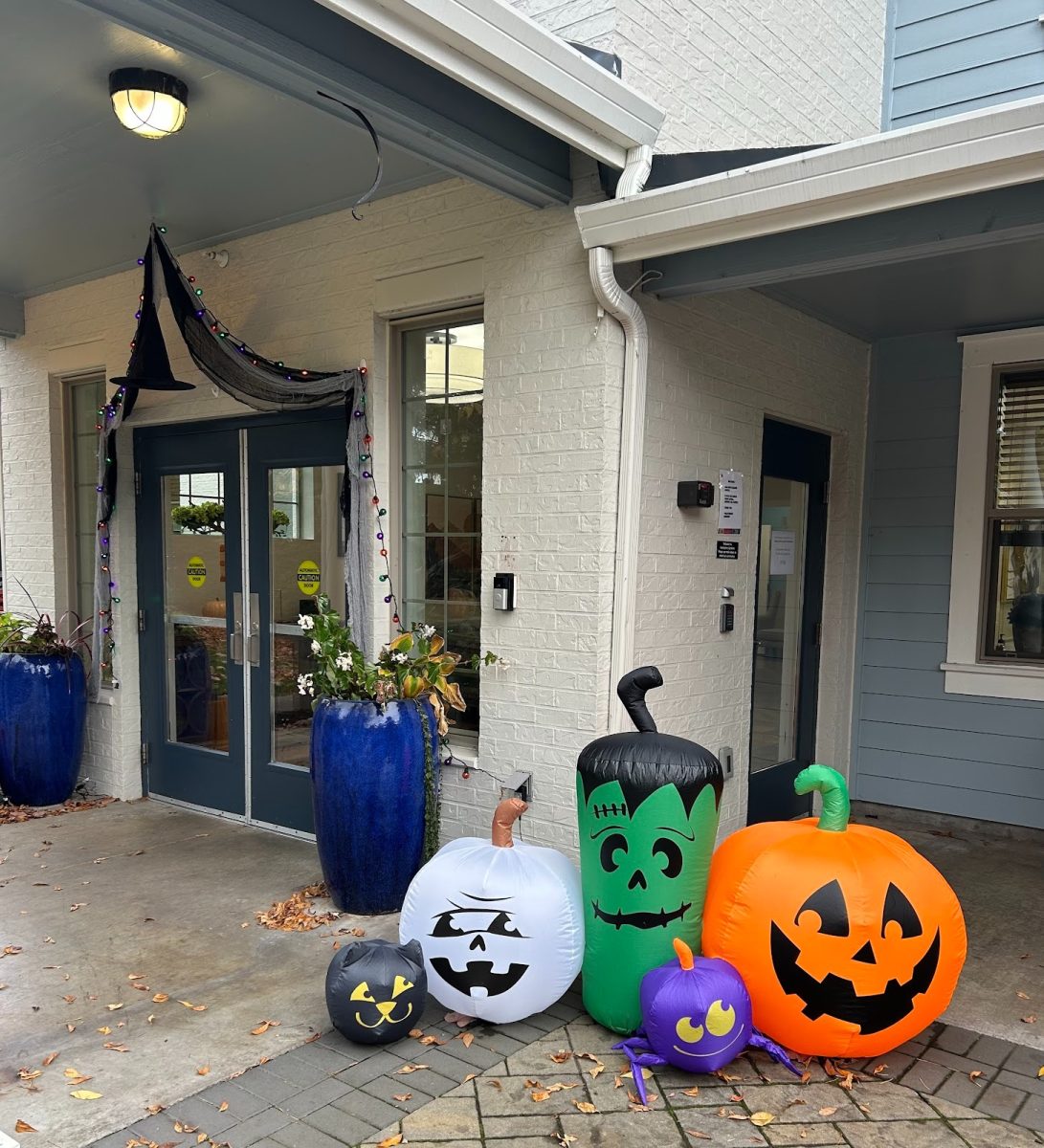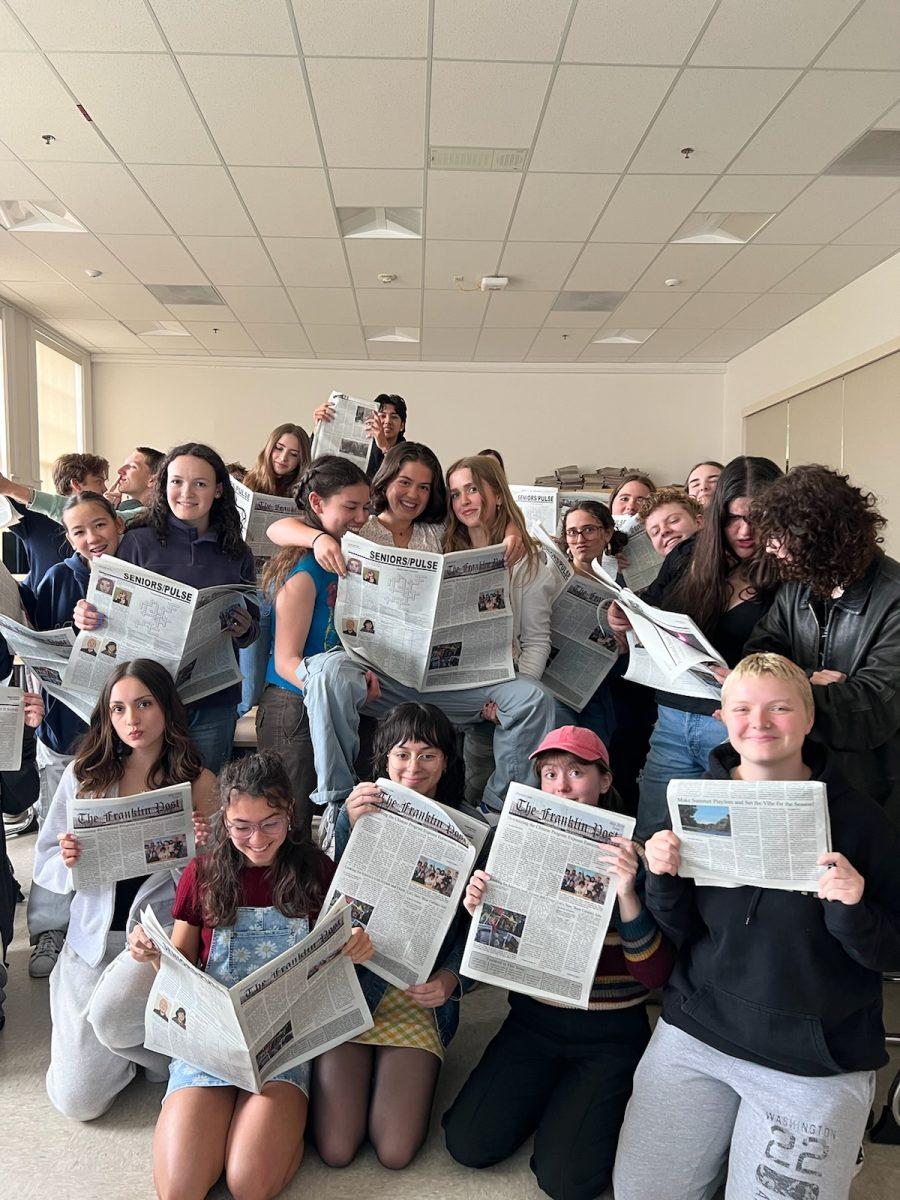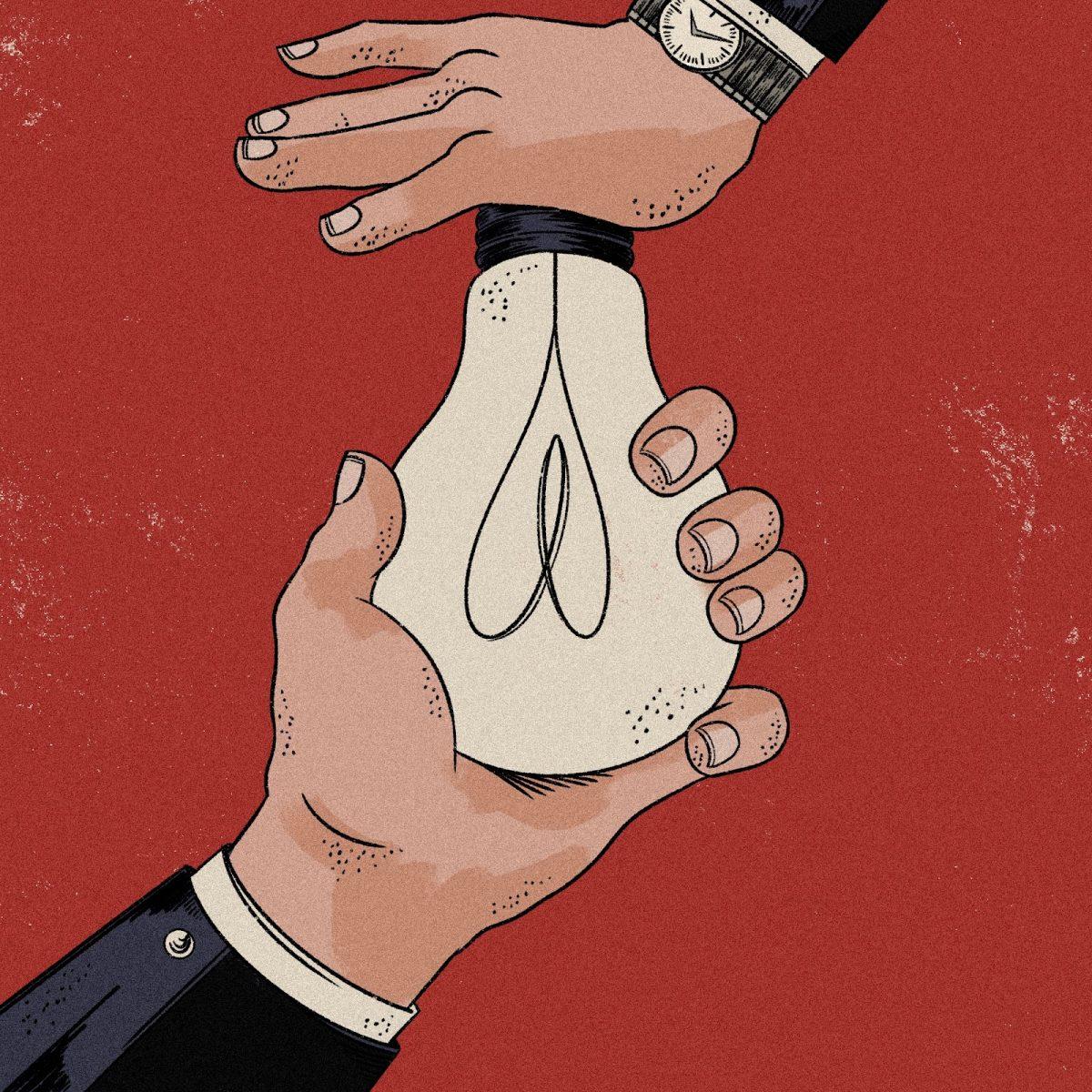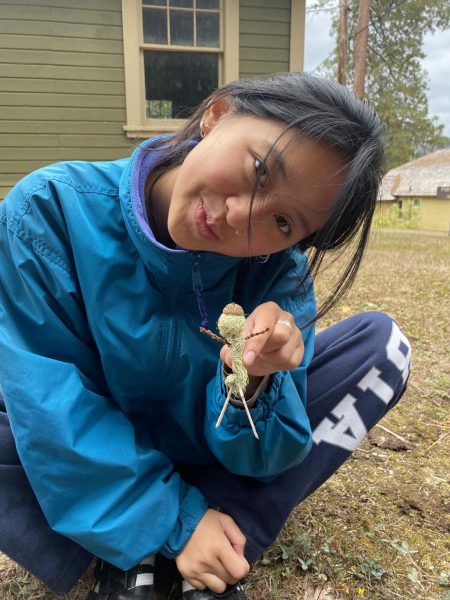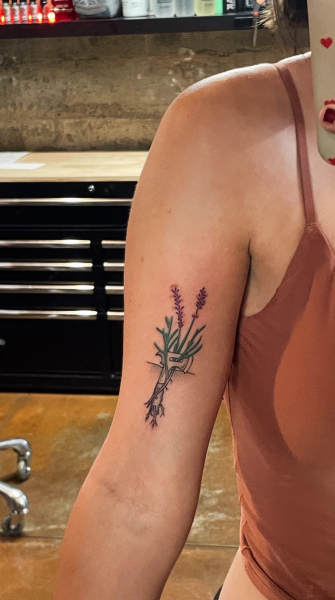
One of the most exciting parts of merging into adulthood is the prospect of getting a tattoo. It’s a big step, and there is a lot to consider before you end up in the chair. Before you set off on the journey to a tattoo, you must research and prepare so you know what to expect.
It is essential to be confident that a tattoo is a decision you want to commit to. It’s not just a message from your concerned, skeptical parents, professionals also acknowledge that tattoos are big life choices and should be treated as such. Aviva Fulton, an artist at Birdhouse Tattoo, shares advice that many teens have likely heard many times: “If you can’t envision yourself with this in 20 years, 10 years, one year, you don’t want it.” Paetyn Rector, a senior at West Linn High School, who just got her first tattoo, has the same message. She says that her biggest piece of advice is to get something that means a lot: “don’t get a tattoo just because you turned 18!” she says.
The first thing you must do after deciding to get a tattoo is to research where and what you will get. It’s vital to conduct proper research on every aspect of your tattoo and take the time to find the right artist, art, placement, and studio. “Make sure you think twice about your wants and do your research on shops and artists,” advises Fulton.
Rian Othus, another artist from Birdhouse, has over 20 years of experience and brings up a point that many may not consider. He emphasizes the importance of choosing an artist that you like on a personal level. Even if the art is something you enjoy, he says, you’ll always remember the experience, and you won’t want to have negative memories associated with the tattoo or the person who gave it to you.
Shambre, an artist from Tattoo 34 on 41st and Hawthorne, also highlights the importance of being well-informed about your tattoo journey. “Ask all the questions you have beforehand,” she says. “We want you to have all the knowledge so you can make an educated decision.”
One of the first steps in preparing for a tattoo is deciding on a placement. This being said, as a first-time client, you may have concerns about the prospect of pain while getting the tattoo. If you are searching for a less painful location, the back, thighs, and arms are good places to consider, as these areas are some of the least painful places to get a tattoo. This is due to these body parts’ tendency to have higher levels of fatty padding. These locations are also further from bones and have fewer nerve endings — the tips of nerves responsible for responding to various external stimuli.
This observation is backed by Fulton, who says she tries to steer people toward leg and arm placements for their first tattoos. Willow Grace, another Birdhouse artist, also urges people who may be hesitant about the pain to consider the arms as placement for their first tattoo. Specifically, she suggests the outer arms since they tend to have thicker skin and, therefore, are less sensitive to pain.
Preparing your body properly is very important before going to get a tattoo; specifically, it is crucial to show up for your appointment hydrated and fed. Aviva and Fulton both agree that this is a step that should not be skipped. Having fuel in your system is vital because it raises your body’s blood sugar while giving it the substance it needs to sustain proper energy while receiving the tattoo. For larger pieces, it is recommended to even bring a snack to eat partway through as appointments can be quite long.
One of the most exciting parts of preparing for a tattoo is deciding on the art and the placement. When getting ready for your first tattoo, you have a completely blank canvas to work with, and the possibilities are endless. However, this doesn’t mean that careful decision-making should be sacrificed; in fact, it makes it even more important to make careful and intentional choices.
Fulton says she sees many of her young customers come in seeking a fine-line or script-style tattoo. As the name suggests, these types of tattoos are daintier, more delicate tattoos and are commonly used to do floral art or other smaller illustrations.
Fine-line and script tattoos are popular among a younger crowd due partly to the traction they’ve gained through social media sites like Pinterest. Fine-line tattoos are often done with a thinner needle for that dainty, intricate, detailed look. Because of this, they can be slightly less painful to receive than tattoos with a regular needle. This prospect could make this style even more appealing to someone getting their first tattoo, but as with all tattoos, there are many factors to consider.
Zenna Marr, a recent addition to Birdhouse Tattoo’s team of artists, sees lots of florals, lockets, and stamps. She describes this trend of dainty, fine-line, meaningful pieces as “sentimental style.” She recognizes this as “a great way to mark the passage away from childhood.”
Grace is a supporter of this style for a first tattoo. “It’s not super heavy or saturated, so you can get a feel for what it feels like to get tattooed without getting into a super intense or long session,” she says.
Fulton advises prospective clients to think carefully about their tattoos and get what is best suited to them, not just what is trendy. She also warns that sometimes fine-line style tattoos heal poorly due to improper technique during the actual application or poor aftercare. These tattoos also often require touch-ups — sometimes multiple.
Shambre shares that she commonly sees young people come in to get tattoos with either words or pictures drawn by family members or friends. She says it’s common for young people who “want a tattoo but aren’t sure what … [t]hey can’t go wrong with a dedication sentiment to a loved one,” she says.
The next thing to consider is what the actual sensation will feel like. It is something you can’t fully predict, but there are ways you can prepare. Marr and Grace both describe the sensation as something similar to the pain of cat scratches. They also say that it can be similar to the feeling of a sunburn. Marr has words of reassurance for any hesitancy around the prospect of pain. “Your body and emotions have already prepared you for the absolute worst-case scenario. So once ink comes into contact with the skin, it’s an absolute relief,” she says.
Aftercare is essential to the healing process of a tattoo. When getting a tattoo, a needle punctures through two layers of skin over and over again, which can be slightly traumatic for the body. Often, the skin of fresh tattoos becomes tender, inflamed, and red after the tattoo is done. This reaction is normal but requires the right care for proper healing. Right after the tattoo is finished, it will likely be covered in a bandage to reduce the risk of bacteria or further irritation. Depending on what your artist advises, these bandages can stay on for anywhere from two hours to a week after getting the tattoo. After removing the bandage, washing the area with warm (not hot) water and plain soap is advised.
The artists at Birdhouse also recommend moisturizing — using a plain, unscented product — the tattoo, while avoiding over-moisturizing. Grace recommends no more than a twice-day application of moisturizer.
Ultimately, a fresh tattoo is no different than any other open wound and should be treated as such. Take the time to heal properly and take note of your body’s needs to be well.
Getting a first tattoo is an exciting part of young adulthood. Whether the piece you get is a meaningful homage to something in your life, or simply a piece of art that you enjoy, it’s a unique expression of who you are at this time in your life. By carefully choosing a studio, artist, and design you can make sure it’s an experience you’ll always remember fondly.

